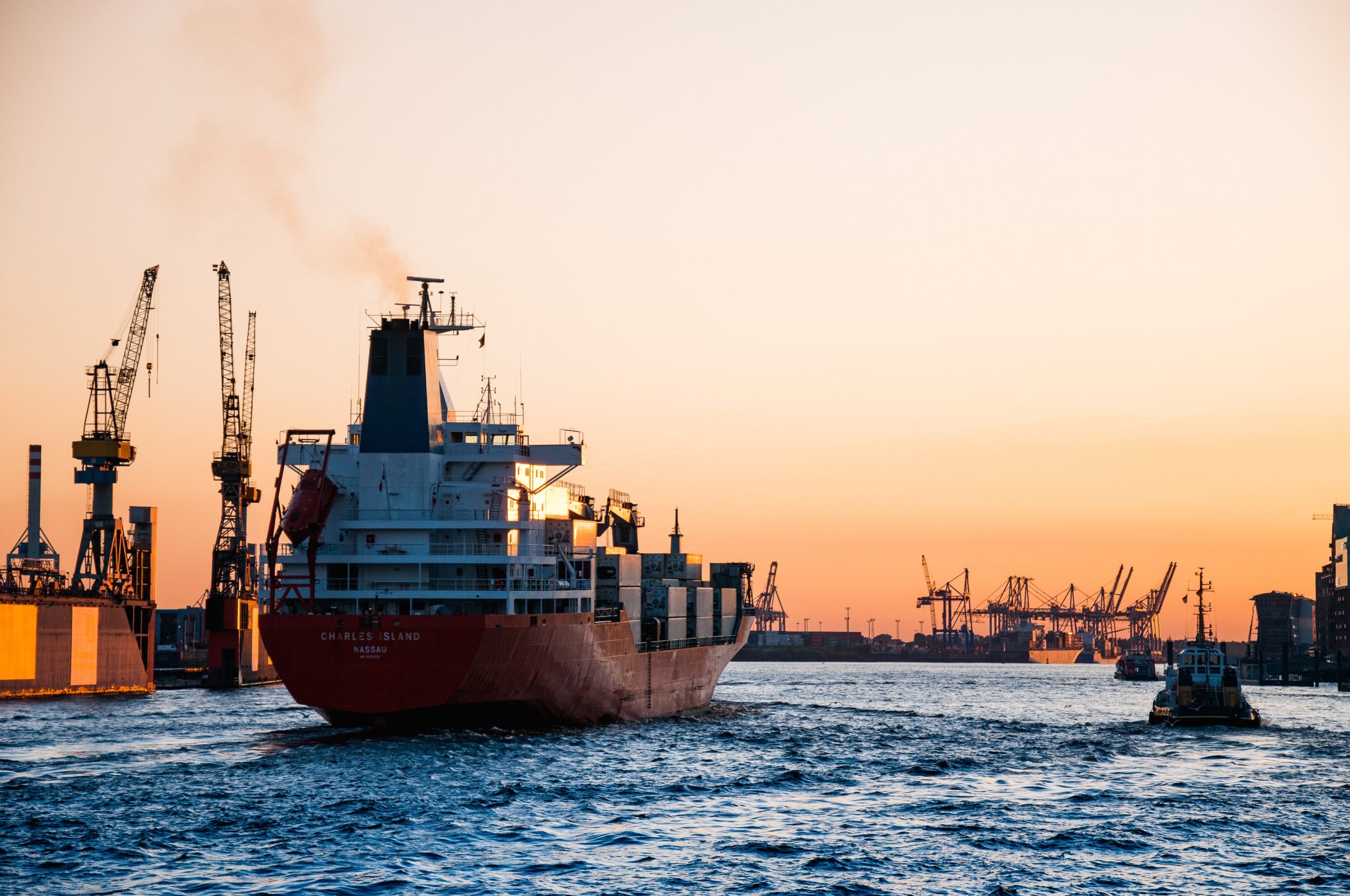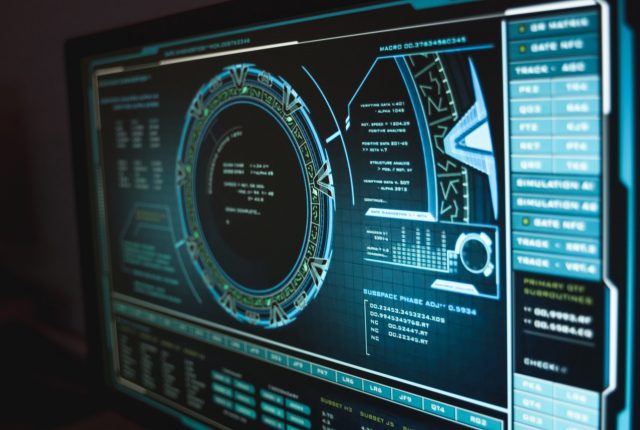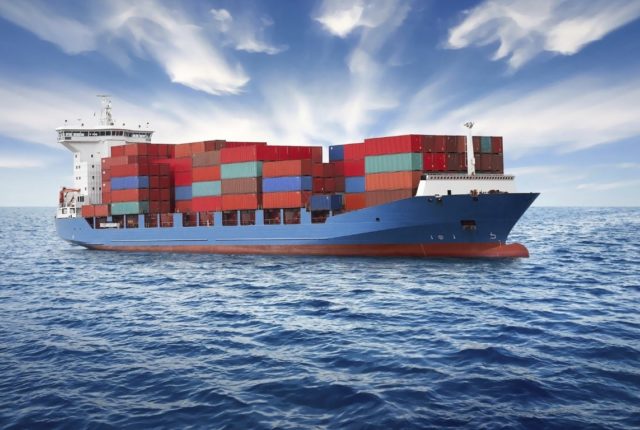
Maritime Technology: A Fairwater to Business Success
Maritime technology helps businesses grow by allowing them to expand their markets and create new opportunities. It also supports them to achieve greater efficiency by improving voyage operations, reducing costs, and bridging the time gap. Furthermore, green technologies enhance safety and sustainability at sea by minimising environmental impact from CO2 emissions and oil spillage.
As a businessperson, tapping the full potential of maritime technology can help you create more resilient and sustainable goals, and streamline operations to outsmart the industry competitors. Read on to learn about popular maritime technologies and potential future impacts.
Maritime Technology and Efficient Operations
Businesses enhance efficient operations through maritime technology in many ways.
To begin with, technologies like IoT on vessels help operators improve productivity by minimising the time taken to complete specific tasks, and automating repetitive processes to save on labour costs.
Smart maritime technologies provide different channels to communicate faster and more efficiently between vessels and land-based stations. This makes it easier to monitor activities on board while the ships are underway.
Green maritime technology uses renewable energy sources such as wind power and solar energy to reduce its carbon footprint at sea.
SAAS Products for the Maritime Sector
With SaaS products, companies can access information on any device, which makes it easier for them to keep tabs on assets. Here are some of the ways SaaS products are improving the maritime sector:
Enhanced Fleet Management
You can assess the status of your ship in real-time using an integrated system that includes all relevant data from sensors onboard each vessel. This technology also allows you to monitor fuel consumption levels to help you make better decisions about when to refuel. In addition, if there is an incident onboard your ship, such as an oil leak or fire, you will be able to deal with it quickly. This is possible through excellent communication between different departments onboard or between vessels and land-based personnel.
Improved security measures
The maritime sector is highly regulated and requires strict compliance with regulations. Using SaaS technologies can help ensure your businesses meet these rules. For example, if an organisation needs to adjust to its software platform, it may change how it stores and shares data among employees. With SaaS, you can change real-time without waiting to update or replace the physical servers.
Reduced paperwork burdens
Using SaaS means less paperwork for businesses operating within the maritime sector. SaaS allows operators to store most data electronically rather than having them printed out or saved on paper documents, and reduces the time spent filing documents.
Benefits of CO2 Emissions Tracking
Carbon dioxide emissions tracking is an essential aspect of the maritime industry: it allows shippers to monitor and reduce their carbon footprint by making the most of fuel efficiency. The benefits of CO2 emissions tracking include:
Energy savings
Tracking your business’s carbon footprint allows you to save energy by reducing fuel consumption and increasing efficiency in transportation. Operators can use new technologies, such as satellite navigation and engine performance monitoring.
Reduced risk to the environment
By reducing your carbon footprint, you will also be helping to reduce pollution in the environment and protect marine life by minimising oil spills or other toxic chemicals released into the ocean or atmosphere during transport operations. On the bigger scale cutting down CO2 emissions means contributing to the global aim of helping climate change and reducing global warming.
Improved customer relations
In a world where businesses compete for customers, they must do everything to attract leads and retain clients. One way to stay on top of others is to be environmentally friendly. Therefore, by cutting the carbon footprint, your business can achieve:
- A better reputation in the community
- Increased sales and profits by retaining customers
- Better employee morale and productivity
- Improved health of employees and their families
Generally, a lower carbon footprint often leads to higher levels of trust from customers. All these effects cut across various sectors of the economy, including maritime.
Using Technology Forecasting Tools in the Maritime Sector
Forecasting tools work is a way that software algorithms process input data and deliver possible scenarios, which enables making better commercial decisions. Although forecasting is an inexact science, it’s still worth it if you want to stay ahead of the game.
However, the majority of maritime software on the market offers a retrospective view on the operations rather than delivering forecasting tools. Considering growing demand for forecasting functionality from the maritime stakeholders, it is likely that such tools will become more widespread in the near future.
Trending Maritime Technologies and How They Shape the Future
Here is a list of popular technological advances and their various roles in streamlining maritime flow:
1. Electronic Chart Display Information System (ECDIS)
This system gives mariners more information about their location, speed, and course. It also allows them to track other ships on the same route to avoid collisions. ECDIS has been installed on almost 90 percent of all ships worldwide, which has made it a trendy choice among seafarers.
2. Automatic Identification System (AIS)
This system helps ships monitor each other’s movements at sea, so they do not get too close together or crash into each other. Coastal authorities also use AIS to identify ships entering their waters from afar so they can prepare for their arrival.
3. Automatic Radar Plotting Aid (ARPA)
ARPA uses radar and GPS data to determine the vessel’s position and speed, which helps to reduce fuel consumption and CO2 emissions. It also works with AIS to transmit ship-specific information, including location, heading, and speed. This allows other ships to know where they are relative to each other, so they can avoid collisions or take action if necessary.
4. Autonomous vessels
An autonomous vessel is a ship that uses artificial intelligence, sensors, and software to operate without human control or input. Autonomous boats are currently being used in the offshore oil and gas industry, but they can also be used for military purposes.
5. Smart ports
A smart port is an area with multiple ports equipped with the technology needed to receive information from ships entering or leaving its waters. The smart port collects data about incoming ships using sensors and then sends it back to shore, where it is analysed.
The Future of Maritime Technology at a Glimpse
Considering current technological advancements, there’s no doubt that technology is reshaping and reinventing the maritime sector. Businesses can expect increased effectiveness and streamlined processes with technology, right from onboarding vessels to port operations.
It’s not just about making things easier for employees. It also means that companies now have more ways ahead to innovate and expand their business models. And with AI and Machine Learning taking shape, the maritime sector is ushering in a new technology in maritime industry era where current voyage problems and environmental impacts will remain history.




